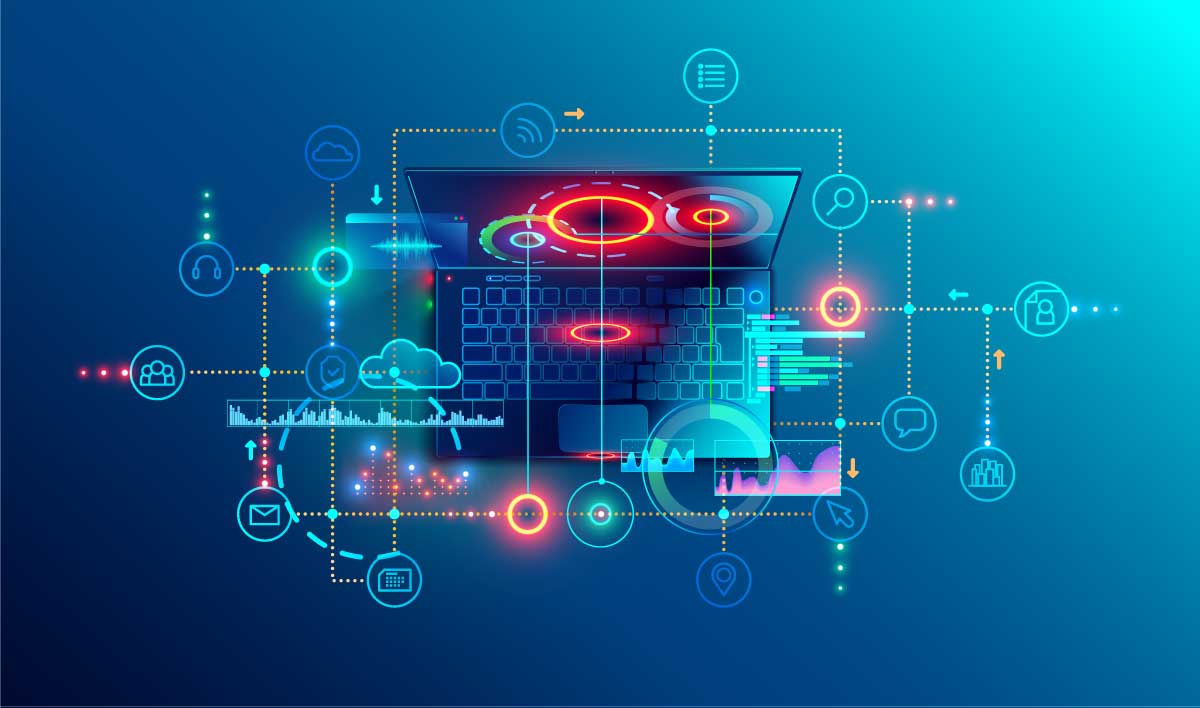This post is the third of our three-part series, “Why Integration Modernization is Essential for Digital Transformation.” See Part 1, “Understanding Digital Transformation,” and Part 2, “The Disruptor.”
In the previous article in this series, “The Disruptor,” we explored how one company has combined two disruptive technologies to create a trust-based marketplace that could potentially transform an industry.
Integration Modernization
Chances are your experience with Digital Transformation will look very different. But there are steps we should take so that our organization is better prepared for the inevitable disruption new technology brings. We’ll explore these below as “Integration Modernization Lessons.”
I get together occasionally with a Rochester-based colleague whose company is developing a blockchain solution for a multinational financial services company in the shipping and logistics industry. The capability they’re developing will change the way financing and associated contracts are arranged, automate the paperwork process, and reduce the role of brokers.
He’s explained to me the complexities and benefits of Smart Contracts, the issues that come with dealing in such a new technology, and the challenges associated with finding skilled people. I wasn’t completely surprised, though, when he told me that most of the work on their project is not related to blockchain development but rather application integration.
The example below, taken from the Moog solution, shows transactional interactions between the blockchain and the Systems of Record. It’s likely that there are many functions and associated APIs that each backend system must provide. It’s also likely that additional integrations are needed in and between backend systems to support those.
I happen to use two blockchain examples. But my point is that fundamental changes to business processes will alter the interactions of current solutions and drive the need for other new capabilities.
Integration Modernization Lesson #1: To prepare for Digital Transformation, become good at integration.
Often time is of the essence when dealing with a transformation. As the disruptor, your goal is to get to market first. If you’re on defense, the goal may be to retain position in the market while achieving parity with the disruptor. Either way, expectations are going to be high, and time is against IT in its role as implementer.
When a transformation hits, it helps to have an up-to-date inventory and assessment of applications, including their value and disposition, along with an inventory of interfaces. It’s not uncommon for casual estimates of interfaces to be off by hundreds. There are efficient ways to approach assessments that are not heavy-handed and expensive.
Integration Modernization Lesson #2: Be in position to gauge the impact of a new business model and to assess your alternatives
There’s a series on Amazon Prime called Project Restoration. The central character in one of the episodes sets out to restore a castle in Wales. The castle is a 200-year-old shell to which time and the elements have not been kind. The central character’s goal is to turn this shell into his private residence. He personally takes on the roles of architect, general contractor, and the money guy. He basically has to because all decisions are made by him and in real-time. He has a vision and ideas in his head but that’s the extent of it. He considers design drawings and plans to be a waste of time because he knows what needs to happen.
It does not go well. In fact, it’s painful to watch as things are built and then demolished in order to make corrections. Without a plan and no way to communicate an overall design, time passes with only minor progress having been made and by the end the money’s gone and the project dies.
Today there’s an expectation that IT knows how to deal with digital transformations and prevent scenarios, like the following, from happening: Caught flat-footed and falling behind the competition, the business finds itself in desperate need of an artificial intelligence/machine learning capability. IT is called in to lead the transformation, but under pressure to develop and deliver the solution, it’s determined that there’s no time to create a design and a plan for this project. (See previous paragraph)
Integration Modernization Lesson #3: Don’t start a transformation project without first creating a design and a plan.
Conclusion
I chose these particular “Modern Integration Lessons” because we know how often they are ignored. As much as 70% of the effort in transformation projects involves integration. To be successful requires doing some basic things to establish a foundation for success.
Tremendous change is taking place in integration-related technologies and solution design. In future articles, we’ll provide a more technical perspective and insight into Integration Modernization.



